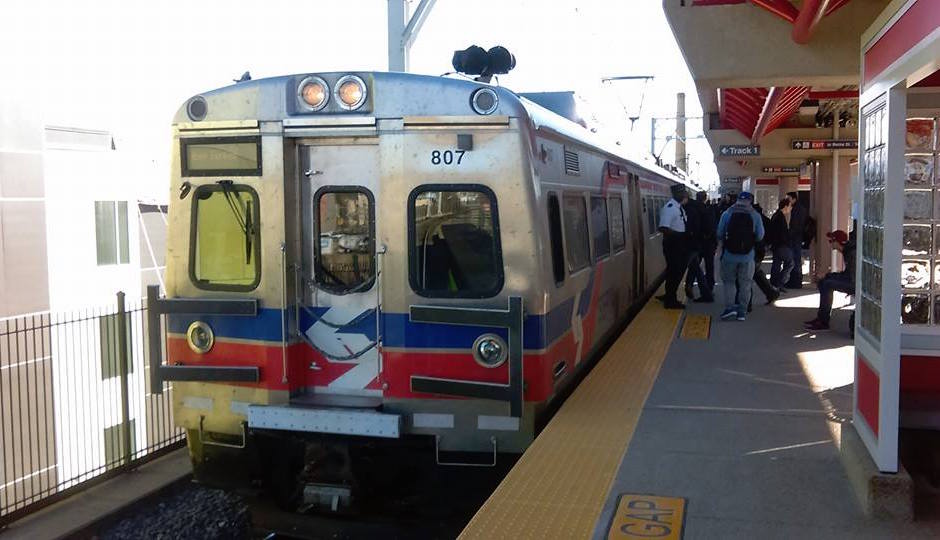SEPTA: Don’t Expect to See Silverliner Vs Back Before Labor Day

SEPTA GM Jeff Knueppel says it’s highly unlikely it can put its Silverliner V railcars back in service before Labor Day. | Photo by O484~enwiki from Wikimedia Commons, licensed under CC-BY-SA-4.0
While SEPTA is working to get additional service for Regional Rail riders in place, it’s also working to get the sidelined Silverliner V railcars back in service. And at a Friday afternoon press conference, general manager Jeff Knueppel said that efforts to get them rolling again sooner look unlikely to succeed.
“More and more, it looks like a repair job that will get them back in service sooner is unlikely, but we haven’t ruled it out,” Knueppel said.
Currently, engineers from SEPTA, Hyundai Rotem, and LTK Engineering Services are both performing a top-to-bottom inspection of one of the five Silverliner V cars with no signs of metal fatigue and analyzing the damaged trucks to identify how the stress fractures occurred and what caused them. In addition to the five cars, 37 of the 240 trucks on hand have no signs of fatigue. A total of 264 of the 480 equalizer beams have stress fractures.
When asked whether any of the cars without damaged trucks could be returned to service, Knueppel said, “It’s not looking good for a quick return to service. If we don’t know the causes of failure, we’re not going to run those cars.
“I don’t see us returning the Silverliner Vs in an appreciable manner until at least Labor Day,” he continued. “It will take time for the computer modeling and metallurgical testing [of replacement parts]. It will be a big moment when we can agree what the cause was, and once we agree, we can then make a new beam and run fatigue tests on it.”
Originally, the manufacturer had performed only static tests on the equalizer beams to see if they could handle the total specified load. Dynamic testing, in which additional loads are applied and removed repeatedly in order to mimic normal operation, might have revealed the potential trouble spots.
Knueppel said that the fractures are occurring not on the beams themselves but at the welds where the beams are attached to the axle housing. The older Silverliner IV cars have one-piece forged trucks whose equalizer bars are incorporated into the structure, a costlier design.
Knueppel said that the failures were not due to faulty design of the part or the truck. “There are other cars in service” that have these cast bars, he said. “If you weld it right, they will work.”
Because of the uncertainty introduced by the discovery of these fractures, Knueppel said, the procurement for a new fleet of bi-level passenger coaches has been put on hold.
Follow @MarketStEl on Twitter.


